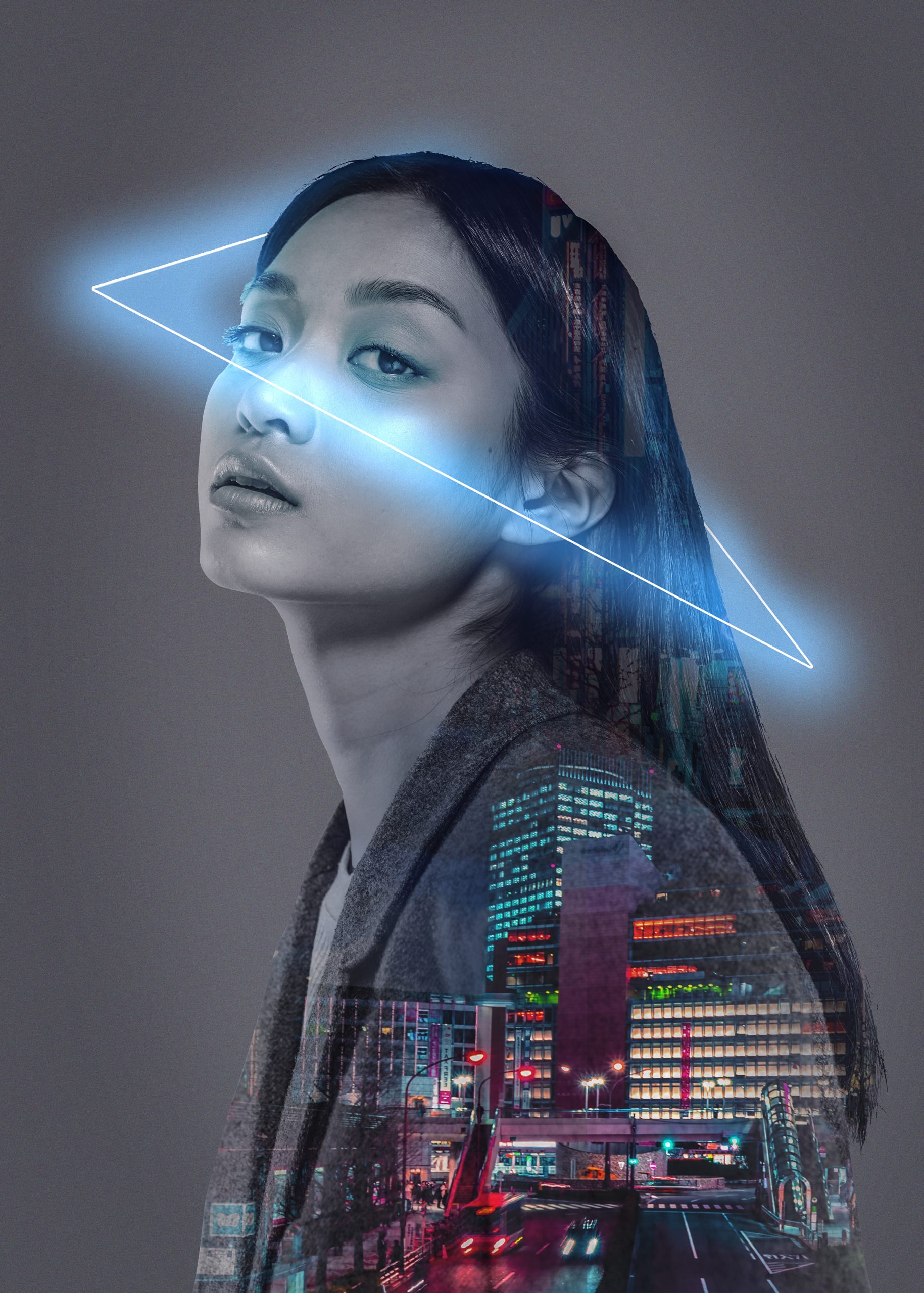Exploring the Revolutionary Impact of AI Image Tools on Visual Creativity

In recent years, the field of artificial intelligence has witnessed remarkable advancements, with one of the most transformative applications being AI image tools. These tools leverage machine learning algorithms to analyze and manipulate images, opening up new frontiers in visual creativity. From enhancing photos to generating entirely new visual content, AI image tools are revolutionizing the way we interact with and create visual media.
The Rise of AI Image Tools

Traditionally, image editing required a skilled hand and an intricate understanding of complex software. However, with the advent of AI image tools, the landscape has dramatically shifted. These tools harness the power of deep learning to automate and simplify various aspects of image editing, making it accessible to a broader audience.
Automated Image Enhancement

One of the key features of AI image tools is their ability to automatically enhance images. Through sophisticated algorithms, these tools can analyze and adjust elements such as brightness, contrast, and color balance, resulting in visually stunning and professionally edited photographs. This not only saves time for photographers and graphic designers but also allows individuals with minimal editing experience to produce high-quality images effortlessly.
Portrait Retouching and Beautification

AI-powered image tools have taken portrait retouching to a whole new level. By recognizing facial features and structures, these tools can smooth skin, remove blemishes, and even adjust facial expressions. This has significant implications for the fashion and beauty industries, as well as for individuals looking to present their best selves in photos.
Content Creation and Generation

Beyond traditional editing, AI image tools are now capable of generating entirely new visual content. Generative models, such as those based on the Generative Adversarial Network (GAN), can create realistic images from scratch. This technology has applications in various fields, from art and design to advertising and entertainment. It opens up possibilities for creating unique, eye-catching visuals that were previously unimaginable.
Artistic Style Transfer

Artistic style transfer is another captivating feature of AI image tools. Using neural networks, these tools can apply the style of one image to another, resulting in a visually striking fusion of artistic elements. This capability allows creators to experiment with different styles and aesthetics, leading to the production of visually compelling and eclectic artworks.
Enhanced Creativity and Accessibility

The democratization of image editing through AI tools has significantly increased accessibility to visual creativity. Individuals with limited technical skills can now produce professional-looking images without extensive training. This not only empowers hobbyists and enthusiasts but also fosters a more diverse and inclusive creative community.
Challenges and Ethical Considerations

While the benefits of AI image tools are undeniable, their rapid development raises important ethical considerations. Issues such as deepfake technology, which can manipulate images and videos to create convincing but false content, pose challenges in terms of misinformation and privacy. As the capabilities of AI image tools continue to evolve, it is crucial to establish ethical guidelines and regulations to mitigate potential misuse.
The Future of AI Image Tools

Looking ahead, the future of AI image tools holds immense promise. Continued advancements in machine learning algorithms and neural networks will likely result in even more sophisticated and capable tools. Integrations with virtual and augmented reality, as well as advancements in 3D modeling, may further expand the creative possibilities offered by these tools.
Automation and Robotics:

AI tools play a pivotal role in automating repetitive tasks and enhancing the capabilities of robotic systems. In manufacturing, AI-powered robots are revolutionizing production lines by increasing efficiency and precision. In logistics, autonomous vehicles equipped with AI navigate complex environments, optimizing delivery routes and minimizing operational costs. The marriage of AI and robotics is reshaping industries, driving productivity and innovation.
Applications in Data Analytics:

AI tools have become indispensable in the field of data analytics, offering insights and predictions that drive informed decision-making. Predictive analytics, powered by AI algorithms, allows organizations to forecast trends, identify potential risks, and optimize operations. Businesses can leverage AI tools for customer segmentation, personalized marketing, and demand forecasting, leading to enhanced competitiveness in the marketplace.
Customization and User-Friendly Interfaces:

AI photo editor tools are designed with user experience in mind, offering intuitive interfaces that cater to both amateur and professional photographers. Customization options, such as adjustable settings and real-time previews, empower users to have fine-grained control over their edits. The goal is to make advanced editing techniques accessible to a broader audience, encouraging creativity without a steep learning curve.
Intelligent Noise Reduction and Image Restoration:

AI photo editor tools excel at addressing common challenges in photography, such as noise reduction and image restoration. By leveraging machine learning algorithms, these tools can distinguish between noise and actual details, resulting in cleaner and more professional-looking images. Moreover, AI-driven restoration techniques can revive old or damaged photos, breathing new life into cherished memories.
Facial Recognition and Retouching:

Facial recognition technology in AI photo editor tools has revolutionized portrait photography. These tools can identify faces, analyze facial features, and automatically apply subtle retouching to enhance the subject’s appearance. From reducing blemishes to smoothing skin tones, AI-driven facial recognition ensures that portraits look polished while preserving the natural essence of the subjects.
Style Transfer for Artistic Expression:

Style transfer, a technique rooted in neural networks, is a game-changer for artistic expression in photography. AI photo editor tools equipped with style transfer capabilities allow users to apply the aesthetic qualities of one image to another. This means that a photograph can adopt the style of famous paintings, turning a simple snapshot into a visually stunning piece of art. The creative possibilities are virtually limitless, providing photographers with a new realm of artistic exploration.
Conclusion:
![]()
AI image tools have ushered in a new era of visual creativity, transforming the way we edit, enhance, and generate images. From automating mundane tasks to enabling groundbreaking artistic expressions, these tools have democratized image editing and made it accessible to a broader audience. While ethical considerations must be addressed, the future of AI image tools looks bright, promising continued innovation and creative exploration in the visual arts.
https://www.wolfysuggest.com/exploring-impact-of-ai-image-tools/



